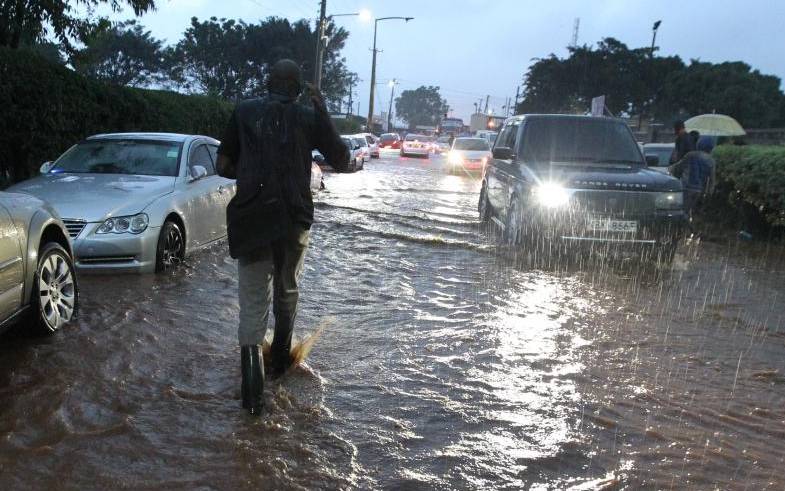×
The Standard e-Paper
Home To Bold Columnists

A flooded road between KCA University and Utalli College in Ruaraka after heavy downpour in Nairobi on November 30, 2019. [File, Standard]
Heavy rains continue to pound Kenya leaving behind a trail of death and destruction by way of flash floods and landslides.